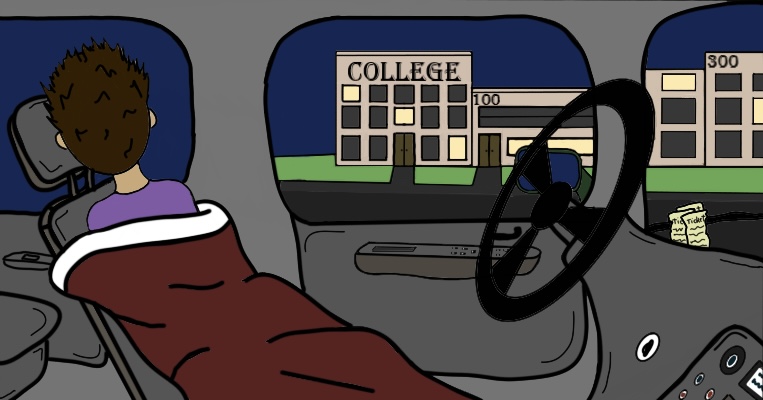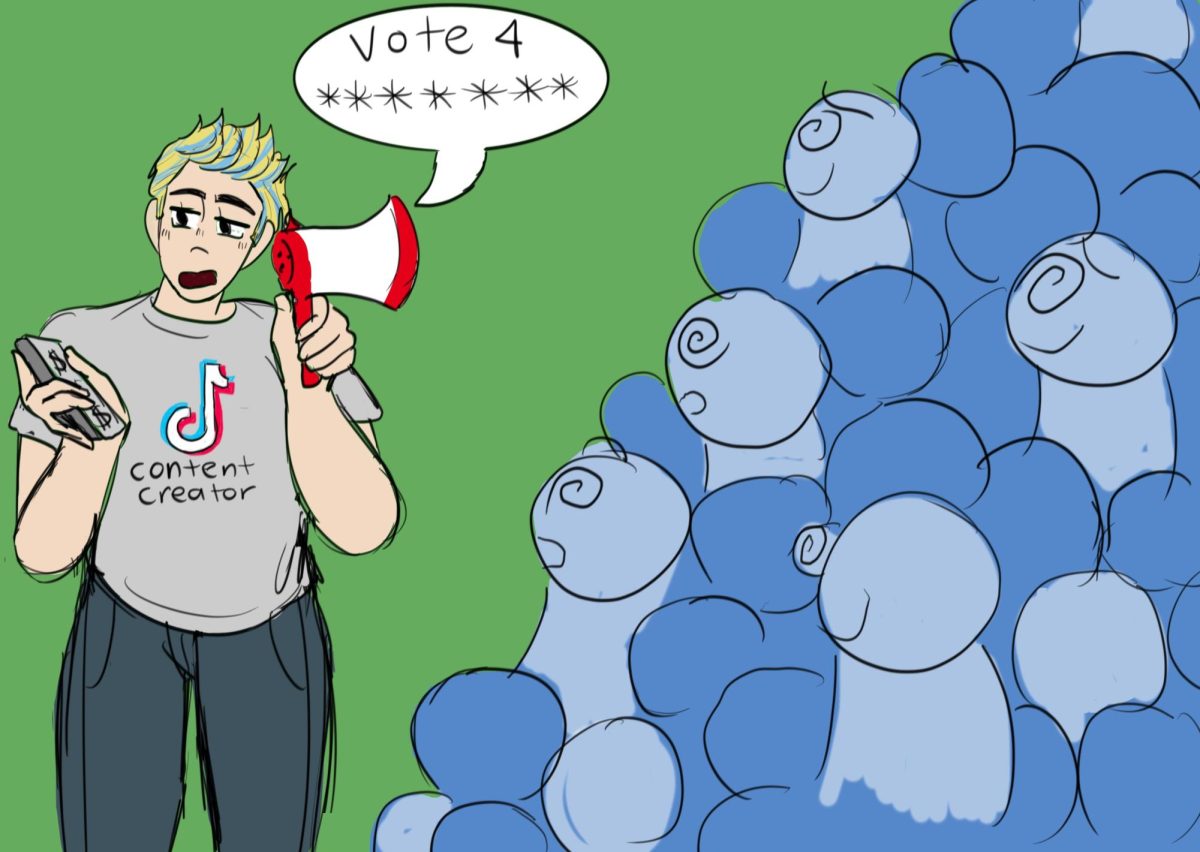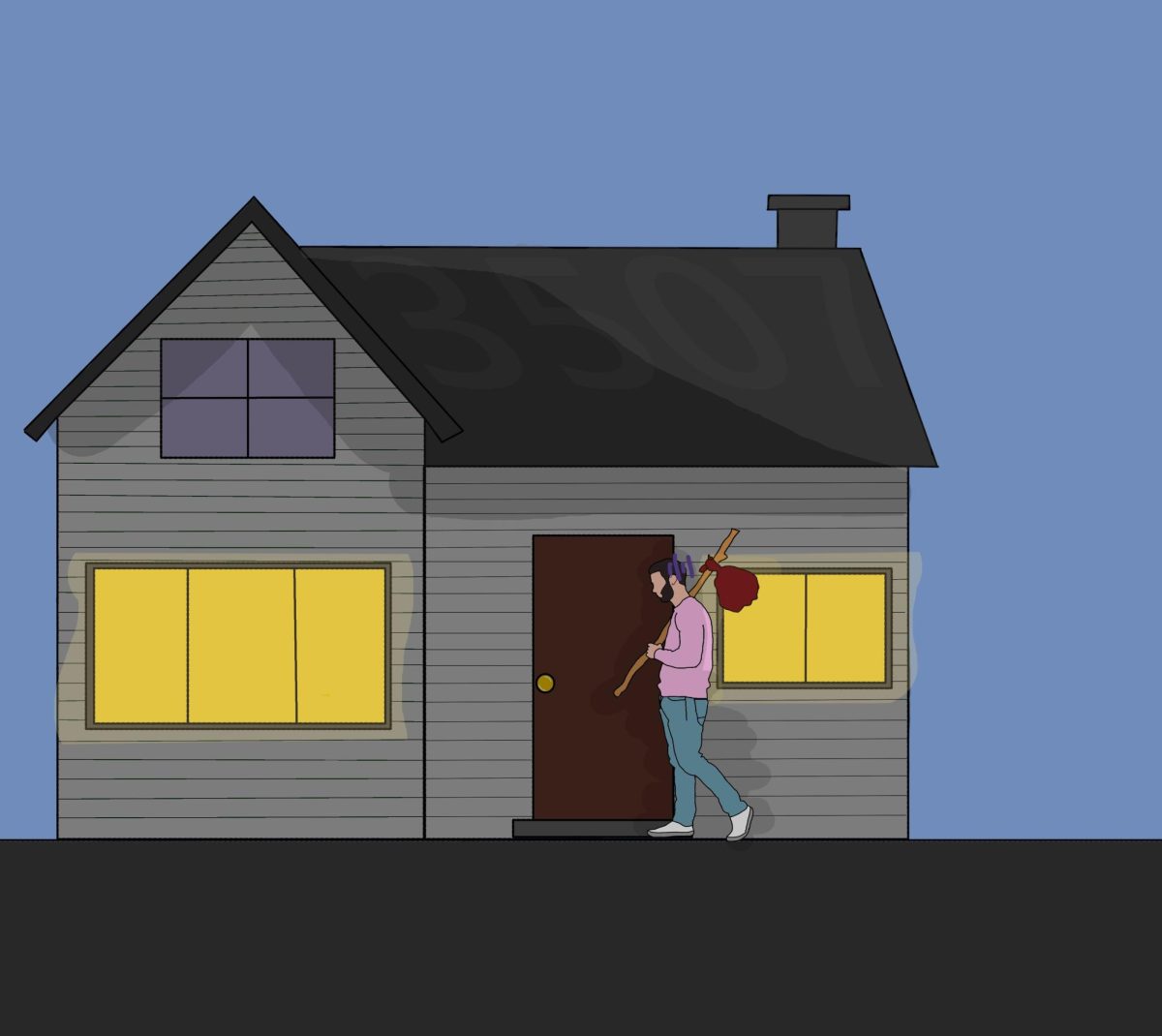Through the years, there has been a dramatic increase in homelessness at several California universities. University of California (UC) has some of the most expensive campuses in the nation due to them being in urban areas with limited housing and high rents. According to a survey conducted by the University of Southern California (USC) Rossier, one of USC’s graduate schools, fourteen percent of students at two and four-year institutions experience homelessness. Unfortunately, the cost is not the only trouble, it is the actual availability of these dorms.
There is a large uncertainty about whether or not they will have a guaranteed room for students who attend. This is a concern that the UC schools need to address as thousands of students are admitted every year.
According to the UC Santa Cruz (UCSC) housing website, new undergraduate students are eligible for a one-year housing guarantee if they indicate a preference for university housing when accepting their offer of admission and meet all housing application deadlines. However, for the following years, UCSC has become notorious for the impossible task of finding housing since they are no longer prioritized as the city alone carries the reputation of having the highest rate of homelessness in the nation.
This concern for homeless college students began after the occurrence of the COVID-19 pandemic where it was seen that housing security had been reduced at many colleges and universities across California. In accordance with this low housing, some schools have to provide students with hotel rooms instead of dorms which still ends up being a non-ideal solution.
According to an article by Cal Matters, a news organization, the pandemic intensified the UC’s housing crunch. This was caused by the uncertainty about whether classes would be in person or online. With the sudden decision of in-person classes, students rushed to apply for housing which caused disorganization. The pandemic provided another concern with needed dorms being used to quarantine students who became infected at the time.
With a limited number of dorms being available post-pandemic, students at UCSC and UC Santa Barbara (UCSB) found themselves experiencing homelessness. According to No Place Like Home, a community-initiated student-engaged research project on the affordable housing crisis in Santa Cruz County, conducted a survey stating 60 percent of Santa Cruz residents consist of renters, with the median rent pushing past 3,000 dollars per month. As most students already attend college on a low budget, this is an unfortunate additional cost they must face.
There have been attempts to restore dorms to meet these large requirements for incoming students. However, the UC San Diego (UCSD) The Guardian, the UCSD newspaper, released an article stating that for the Fall 2023 semester they would be short of over 1,600 beds due to construction delays. It was originally planned to create an additional 2,000 beds for students but only ended up being able to serve 343 students. The difference with UCSD is that they have a reinstated two-year housing guarantee which was unfortunately unmet with students being left to suffer.
The impact of housing causes more damage to a student with a low financial status as it directs their attention away from academics to search for financial stability. Students begin to take on several jobs in order to pay for their own housing to prevent homelessness. With so much time being spent working, grades begin to lower and the ability to focus becomes lost.
Stated by Fortune, a global media organization, recent estimates show that 43 percent of full-time students and 81 percent of part-time students work while enrolled in college. Although it is common for students to work in college with the rise of tuition and student loan debts, it can become a burden as it becomes an additional commitment.
Aside from the responsibility of becoming financially dependent, the lack of housing can lead to causing mental harm to students. These low availability or high costs in dorms impact students’ academic journey, decreasing their motivation to graduate. This is because students will spend most of their time worrying about money rather than school.
With having nowhere else to live, students have to rely on living in their own car. This has motivated students to take matters into their own hands with creating new solutions to accommodate their discouraging situations. UC and other California universities unite to provide assistance for one another.
In 2019 The Snail Sentinel, UCSC’s daily newspaper, published an article about their own students forming their own organization called the Snail Movement. This is a group made up of homeless UCSC students. These students all live in vans and organized with the administration a parking program for other students who cannot afford or find housing to sleep on campus in their cars.
Similarly, The Trojan Shelter, a registered campus organization at USC, operates housing for college students experiencing homelessness in the greater Los Angeles area. The organization offers free-of-charge housing, meals and resources to its residents.
It is quite disappointing that there is not a guarantee for all students since they no longer have priority not being first-year applicants or transfers. Although some students are attempting to unite with one another to overcome this concern, there should be ease with having a secure home for all students. It should not be a second thought, they should become a priority.








